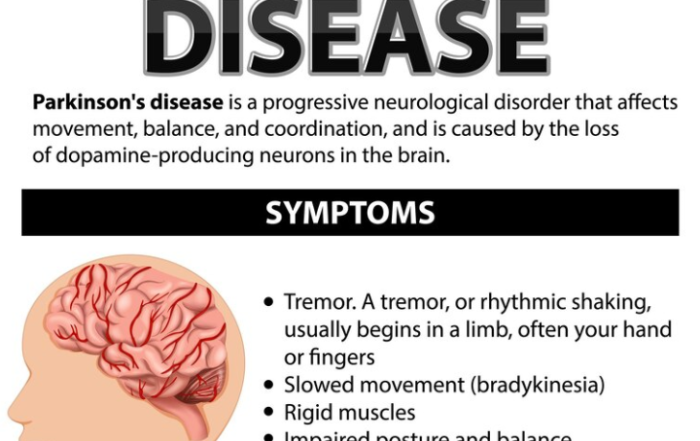As we get older, taking time for movement becomes more important than ever. The CDC recommends 150 hours a week of moderate activity for healthy aging, including exercises designed to strengthen muscles.
Whether you want to start a healthy habit or find new ways to incorporate more activity into your day, it’s important to select activities that are appropriate for your level of fitness. Fortunately, seniors can choose from many exercises that build strength and promote overall well-being.
What are the benefits of exercise for the elderly?
Exercise has a positive impact on nearly every system in the body. In fact, a Harvard University study suggests that regular activity can add years to your life. Seniors who engage in consistent exercise are more likely to enjoy:
- Improved flexibility
- Strong bones
- Boosted immunity
- Healthy joints
- Strong, toned muscles
- Better circulation and cardiovascular health
- A reduced risk of falls thanks to better balance
Which exercises are best for older adults?
Fortunately for seniors, exercise doesn’t need to be intense to be effective. Choosing enjoyable activities makes it much easier to stick with a routine and reap the benefits of consistency.
What’s more, alternating between a variety of workouts helps ensure that you are training all muscle groups and taking time for both strength and cardiovascular training.
Low-impact Exercises for Seniors
Seniors who experience joint pain or balance problems should seek out low-impact exercises. These activities involve gentle, fluid movements that don’t strain or jar the joints.
Swimming is a fantastic example of a low-impact activity. For those who prefer to exercise on land, ellipticals and stationary bikes are great alternatives to treadmills and stair-climbing machines. Seniors who use them can work out the same large muscle groups while minimizing stress on their joints.
Strength Training
Strong muscles stabilize the entire body. Regular strength training even wards off brittle bones and osteoporosis. Seniors who make time to build up their strength gain improved balance, better mobility, and ultimately more independence.
As with other kinds of exercise, consistency matters more than intensity. Strength training can even be done from the comfort of a chair using dumbbells, resistance bands, or even your own body weight.
 Stretching
Stretching
As we age, our joints and muscles tend to deteriorate. Regular stretching is one of the best ways seniors can maintain a healthy range of motion that allows them to carry out other daily activities.
Fortunately, it isn’t necessary to be flexible in order to start improving your flexibility. Chair yoga and sittercise allow older adults to work towards better mobility from a safe, seated position.
Increasing Daily Steps
Walking is one of the simplest and most effective ways for seniors to build strength and endurance. Daily walks have been shown to boost your mood and improve overall health.
Seniors can get their steps in by walking laps around their neighborhood or a local shopping mall. Additionally, seniors can make small changes like parking farther away from entrances or circling the block on the way to the mailbox.
Group Exercise
Staying social is an important part of staying healthy as seniors age. Group exercise is a great way for older adults to make new friends and stay accountable as they start a new, healthy habit. After all, people who make exercise a social activity see better results.
Group exercise can be as simple as meeting friends for a walk or as adventurous as signing up for Zumba or checking out a fun new water aerobics class. Keeping exercise enjoyable makes it easier to look forward to your next session.
Which exercises should seniors avoid?
For seniors, the best exercise plan depends heavily on their fitness level and the advice of their medical provider.
In general, older adults should avoid high-intensity activities that put stress on the spine and joints, like HIIT workouts, deadlifts, and plyometrics (jump training). Alternative, lower-impact exercises can target the same muscle groups without the risk of injury.
Regardless of which activities you choose, it is important to listen to your body and stay safe. With practice and consistency, exercise can become a gratifying part of seniors’ daily routines. Regular activity promotes a healthy body and mind, and can add productive, independent years to older adults’ lives.

 Stretching
Stretching




